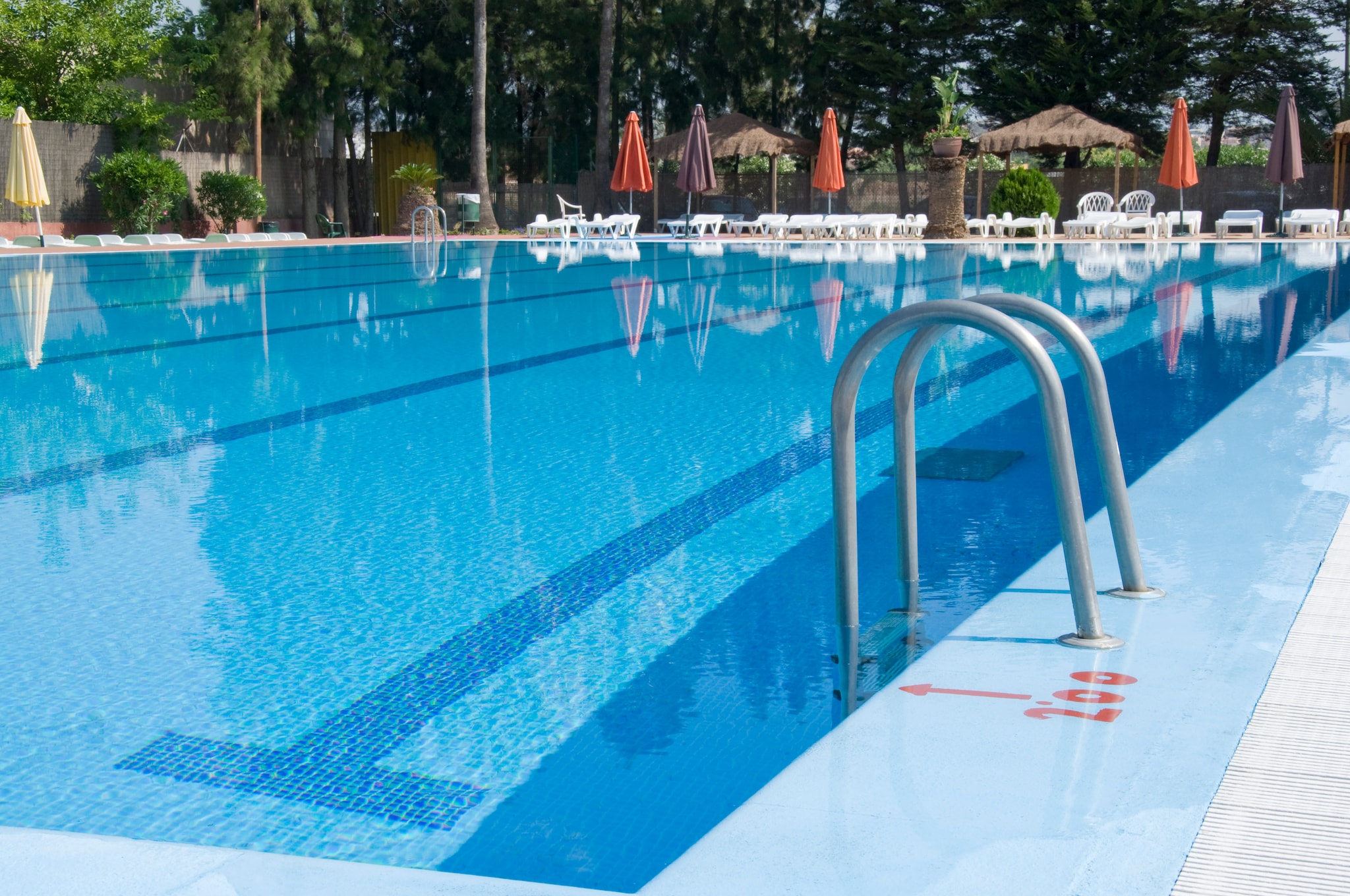CDC CEFO Prevents Toxic Chlorine Gas Exposure
As part of CDC’s mission to build preparedness and response capabilities nationwide, CDC assigns expert epidemiologists known as Career Epidemiology Field Officers (CEFOs) to frontline positions in state, local, and territorial health departments. These CEFOs are seasoned professionals who provide state and local jurisdictions with a direct connection to CDC expertise, resources, and technical assistance. CEFOs identify and fill gaps in preparedness capacity, which improves states’ ability to respond to public health threats. Thanks to the work of a CEFO in California, CDC updated its aquatic health code in 2018 to protect swimmers for toxic chlorine gas exposure.
In June 2015, the California Department of Public Health (CDPH) received notification that a chemical release at a municipal swimming pool in Contra Costa County sickened 34 people, mostly children. An investigation by Contra Costa County Environmental Health and Hazardous materials found that equipment failure caused pool chemicals to mix in the system, forming a chlorine gas bubble. Human error in responding to the mechanical malfunction then contributed to the chlorine gas release into the pool with swimmers.
Dr. Jason Wilken, a CEFO assigned to California, reviewed state records and identified eight other similar incidents involving toxic chlorine gas exposures at aquatic venues. In response, he assembled a multidisciplinary team of experts in epidemiology, clinical practice, hazardous materials, environmental health, and swimming pool inspectors and engineers to develop recommendations to prevent future toxic chlorine gas releases at aquatic venues.
Based on the findings that identified equipment failure and human error as contributing causes, Dr. Wilken was invited to propose updates to CDC’s Model Aquatic Health Code, a collection of science-based best practices and regulations for aquatic venue health and safety. These updates addressed pool chemical system improvements, protocols for swimmer evacuations, and incident notifications to local regulatory agencies. CDC adopted these updates in its 2018 revision of the aquatic health code as best practice for keeping swimmers safe from chemical exposures.

Equipment failure caused pool chemicals to mix in the system, forming a chlorine gas bubble.
The Incident
In June 2015, the CDPH received notification that a chemical release at a municipal swimming pool sickened 34 people, mostly children.
The Response
Dr. Jason Wilken, a CEFO assigned to California assembled a multidisciplinary team to develop recommendations to prevent future toxic chlorine gas releases at aquatic venues.
The Outcomes
The findings of this investigation led to a revision of the aquatic health code as best practice for keeping swimmers safe from chemical exposures.